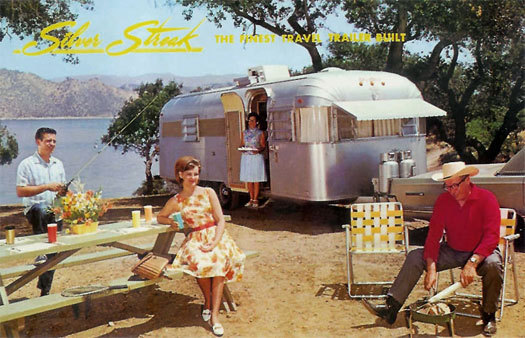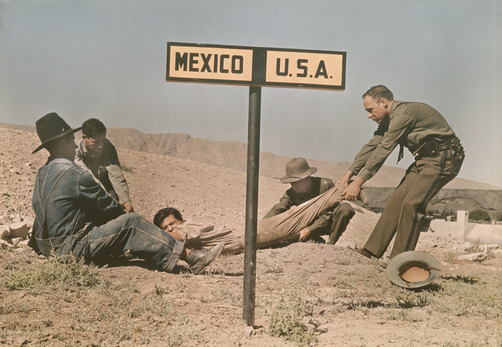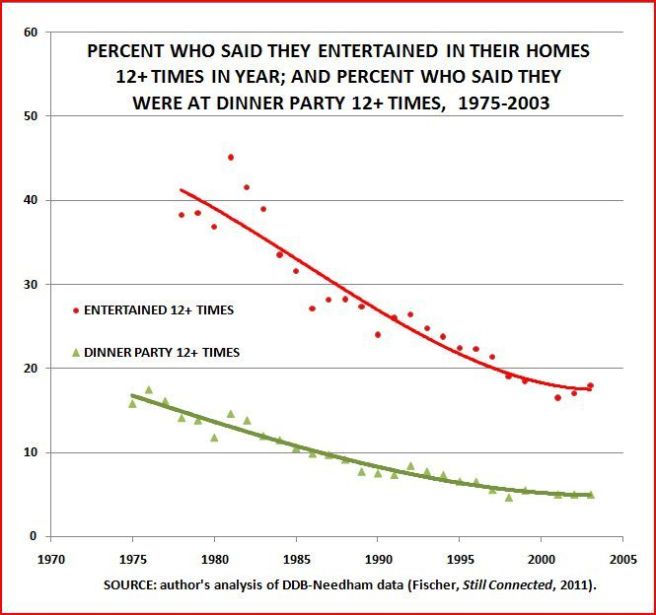The passage of time makes the whole trilogy seem wise and humble, in ways it never could seem in the eighties or nineties or aughts, because the entire thing is really and truly a time capsule—not of any temporal-physical reality, but of a particular strain of American cultural posturing circa 1985-1990. All movies, particularly time-travel movies, have a touch of this. But the “Future” films are different because, unlike the vast majority of time travel stories, they are anchored very strongly in the “present.” The present is not merely a framing device or a launching pad for adventures, as is the case in most time travel films. All visits to the past or future are related to the present – and the stakes are not just personal (Marty’s existence, his parents’ happiness), they are cultural. Marty doesn’t just change his family, he changes the town, and by implication, American life.
“Back to the Future” is now all back and no future | MZS | Roger Ebert






